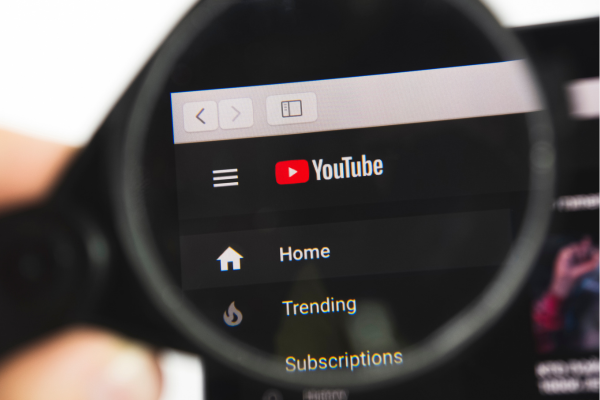The Secret to Successful and Sustainable Ad Placements
YouTube is undeniably the world’s number one video platform.
Since launching in 2005, the platform has had unbeatable global reach. Statista reported that there are over 2.5 billion global viewers in 2024, which amounts to almost half of the 5.44 billion total internet users worldwide.
Additionally, YouTube Shorts launched globally in 2021 and the feature received 30 billion daily views. Today, YouTube Shorts reaches over 70 billion daily views showing the growing relevance and popularity of short form content, which is essential for advertisements.
How Do YouTube Selects Ad Placements?
There are two main ways that YouTube places videos alongside ads:
- Contextual Placements: Based on keywords. For instance, if a fitness brand bids to place ads against videos featuring the “workout” keyword, an ad for the brand may appear alongside workout tutorials, fitness vlogs, or in a video of a user demonstrating exercise routines.
- Behavioral Placements: Based on user behavior. For example, if a user frequently watches tech review videos and then views a cooking tutorial, they might still see an ad for the latest smartphone due to their past viewing behavior.
However, both contextual and behavioral placements can become brand suitability and safety issues, as ads may appear alongside content that is not relevant to the advertiser’s target audience, potentially reducing ad effectiveness and creating a disjointed user experience.
Solving Brand Suitability Issues with Precise TV
Precise TV blends considerable industry expertise with machine-learning algorithms to analyze millions of videos, identifying the most appropriate ones for your ad placements. Our service identifies contextually relevant videos for your ads, reducing media wastage by up to 60%.
Precise TV takes a three-step approach to delivering more relevant, brand-suitable, and better-performing campaigns:
- Pre-Campaign Filtering: We filter out any non-relevant videos before the campaign goes live, optimizing performance from the start.
- Real-Time Analytics: We use real-time analytics to manage performance at a granular placement level throughout the campaign period.
- Clear and Actionable Analytics: We provide clear and actionable analytics to inform future campaigns.
The result is Precise TV’s proprietary technology identifying video-level moments that offer the most return on investment for advertisers. Video-level moments are determined per video, instead of per channel, meaning ads are optimized to reach customers who are more likely to make a purchase.
Google's Efforts to Safeguard Brand Suitability
In 2017, Google introduced changes to YouTube advertising, restricting advertising to channels with at least 10,000 views, and starting a process of auditing videos to see if they were appropriate for advertisers. At Precise TV, we share the industry’s confidence that Google will resolve any “video nasty” issues, as a matter of priority. For non-relevant placements that don’t damage brands as such, but can nevertheless affect performance, Precise TV provides video-level transparency as additional reassurance.
Brand suitability is just one element Precise TV has to offer. For brands, an equally important task is to find ways of improving the performance of their YouTube ads through more relevant placements. This is where Precise TV’s understanding, as a Google Partner, of the YouTube ecosystem really makes a difference for brands.
Achieving Brand Suitability and YouTube Ad Performance
Outside of being a Google Partner, Precise TV also has access to different data backlogs across the consumer shopping journey, including a recently added data stream of Amazon shopping behavior; a market first to have access to. Early results of using this data drives a 43% higher chance of conversion.
Unilever CMO Keith Weed has told the Wall Street Journal that it is the responsibility of brands to make sure their ads appear in the right placements. He said the best way to achieve this is by working with third-party services. At Precise TV, our service ensures that your ads appear in the right placements, and, crucially, that those placements are safe for your brand. Typically, we can increase purchase intent by 26%, reduce media wastage by 60% and improve ROAS between 2 and 4x.
If you’d like to know more about how Precise TV can solve brand suitability and drive YouTube ad performance, please get in touch.
Topics: youtube, advertising, contextual targeting, Kids, marketing, youtube shorts, Gen Alpha
